Share this Post
Hands down, the hardest part of research is keeping everything organized. When I started this project, it was just for fun. I didn’t realize it would snowball into three books, with hundreds of sources in four languages.
The more you learn, the more you realize how little you actually know. That’s okay—it happens to just about everyone. But it meant I had a ton of backtracking to do to re-check sources once I realized I was taking this seriously. Assuming you’re already taking it seriously, here’s how not to eff up like I did. There’s a downloadable worksheet at the end of the post to help keep you on track.
Why You Need a Search List
This sounds way too basic, right? I mean, you’re researching Princess Alice or Princess Victoria Melita or whoever, and why would you ever need to write that down? I’m either on crack or treating you like you’re stupid, right?
Nope, not at all.
When you’re researching historical figures, you need to know every single way they might be referred to. Some are obvious, but others you’ll only find once you get started on your research. Either way, start a list and add to it as you go. Trust me on this one.
When you’re researching historical figures, you need to know every single way they might be referred to. Some are obvious, but others you’ll only find once you get started on your research.
If you’re super-anal, you could also keep track of sites you often do research on, and then create a master checklist for each name variation on each site. That’s a pain in the ass, so I don’t do it, but then again, I also end up rechecking sources frequently because I can’t remember if I searched for “duke of Nassau” as well as “duke of Luxembourg.” Shit. Maybe I should take my own advice.
Anyhoo, here’s a rundown of the five search term variants you’ll need:
(1) Birth Name vs. Married Name
Today, we have the option not to take a husband’s name, but these royal women didn’t have that option. If they married, they would probably be referred to with their husband’s name and/or title. The husband’s name thing might throw you if you’re not used to it. And not everyone is commonly referred to by their husband’s name, but it never helps to look – reporters didn’t always know or obey conventional naming procedures.
Here are a few examples:
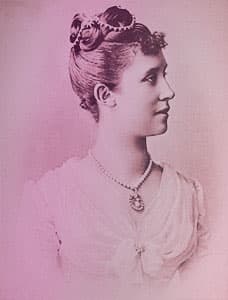
- Princess Hilda of Nassau (right) became Hereditary Princess Hilda of Baden when she married Hereditary Prince Friedrich of Baden.
- Grand Duchess Maria Nikolaevna became Maria, Duchess of Leuchtenberg when she married Maximilian, Duke of Leuchtenberg.
- Princess Helena of Great Britain became Princess Christian of Schleswig-Holstein when she married (wait for it) Prince Christian of Schleswig-Holstein.
- Grand Duchess Elena Vladimirovna of Russia became Princess Nicholas of Greece when she married…well, you get the idea.
Russian or Greek Orthodox Conversion
And let’s not forget what happens when your subject converts to Russian or Greek Orthodoxy prior to her marriage – she’s baptized into her new faith with a new name. Sometimes there’s a direct translation of her Christian name that works out (see Maria below); other times there’s not, and she’ll get a new one (see Natalia below).
Also, keep in mind that there may be meaning behind the patronymic – the second part of the name, usually indicating the woman’s father (Pavlovna = daughter of Paul). Based on what I’ve seen, the women could choose their patronymic; I’m not sure if this always happened, or it only happened if the lady in question had a specific name she wanted. Wilhelmina of Hesse-Darmstadt chose “Alexeievna” because that was her mother-in-law’s patronymic. Maria of Mecklenburg-Schwerin chose “Pavlovna” to honor her descent from Tsar Paul I.
- Princess Wilhelmina of Hesse-Darmstadt became Grand Duchess Natalia Alexeievna of Russia when she converted to Russian Orthodoxy and married Grand Duke Paul Petrovich of Russia.
- Nancy Leeds became Princess Anastasia of Greece and Denmark when she converted to Greek Orthodoxy and married Prince Christopher of Greece and Denmark.
(2) English vs. Other Languages
Very few English-language sources mention Hilda. The bulk of them are in German. If this is the case with your subject, you’ll need to search in multiple languages. But searching google.de for Princess Hilda of Nassau isn’t going to work. In German, that translates to Prinzessin Hilda von Nassau. If your subject was mentioned in, visited, or had relatives in countries whose languages you don’t speak, you need to know how they’ll be referred to in those sources.
Here are a few examples:

- Grand Duchess Marie-Adélaïde of Luxembourg (right) is Erzherzogin Maria Adelheid (German)
- Princess Mafalda of Savoy is Principessa Mafalda di Savoia (Italian)
- Archduchess Marie Christine of Austria-Teschen is Erzherzogin Maria Christina von Österreich-Teschen (German)
- Queen Victoria of Sweden is Drottning Victoria i Sverige
After awhile, you’ll get the hang of this. Until you do, Google Translate will save your bacon. I’ll talk more about online research sources (like other countries’ Google results) in the next post. Right after I get some bacon.
(3) Original Title vs. Later Title
The average American will have ten different jobs before age 40. Damn, that’s a lot of jobs. Job changes happen all the time. Sometimes they even happen to royalty, which will change the name you need to search for.
This is something you might not know when you start out, so add to your list as you go. Read basic info on your subject (i.e., their Wikipedia page) before you start so you know what, if any, title changes to expect. If your subject was dethroned, expanded their empire and added new titles, or got invited to rule somewhere else, you may encounter this issue.
Here are a few examples:
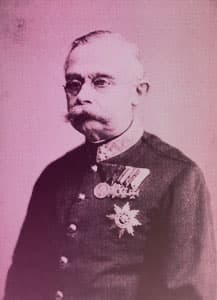
- Duke Adolph of Nassau (right) became Grand Duke Adolph of Luxembourg. The Prussians conquered Nassau and gave him the boot; later, he inherited the Grand Duchy of Luxemburg from a distant relative, King Willem III of the Netherlands.
- Queen Victoria of the United Kingdom of Great Britain and Ireland became Victoria, Queen of the United Kingdom of Great Britain and Ireland and Empress of India. Hot damn, that’s a mouthful. If you only ever searched for “queen” with regard to her, you might miss sources that talk about her only in an “empress of India” context. Not likely, but it could happen.
- Prince Alexander of Battenberg became Alexander, Prince of Bulgaria. Sandro was invited to become the ruler of Bulgaria once it achieved independence from the Ottoman Empire. It didn’t stick, though—Russia was a bag of dicks to him, eventually forced his abdication. Then he went back to being a Battenberg.
(4) Generic Title without First Name
If I told you that the president of the United States is a douchecanoe, you’d know who I meant because we’re having a synchronous dialogue that takes place while only one person is president. But what if a researcher 150 years from now finds a record of that conversation? What if there’s no date stamp on it? How would they know which presidential douchecanoe I was referring to? There have been…well, kind of a lot. You and I don’t need that level of specificity because it’s obvious in context. That context gets lost as time goes by.
How would a researcher 150 years from now know which presidential douchecanoe I was referring to? There have been…well, kind of a lot.
When I started researching, I always searched for Duke Adolph of Nassau, or Adolph, Duke of Nassau. But back in the day, everyone already knew Adolph was the name of the Duke of Nassau. So there were plenty of times they just referred to him as the Duke of Nassau.
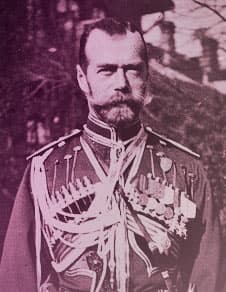
With newspapers especially, make sure you search for the generic title, with no Christian name attached, to see what else turns up. Chances are, you’ll get a crap-ton of results and many will not apply to you. But it’s worth a look, especially if you’re after results from a particular month or, at most, a year. You might be able to wade through that shit-ton of results if you can really narrow down that window of time. Here are a few examples:
- Kaiser Wilhelm II of Germany might just be referred to as the German kaiser in British or American newspapers. By that token, he might also be called the German emperor.
- Tsar Nicholas II of Russia (right) might be referred to as the tsar/czar, the Russian tsar/czar, or the tsar/czar of Russia.
(5) Titles Granted to Morganatic Spouses
This is also a title change, but it’s not connected to a job. It’s connected to a marriage that pissed a lot of their family members off. Morganatic marriages were between spouses of unequal rank. An imperial prince or princess marries a baroness, for example, or a lady with no title at all.
Morganatic marriages caused a lot of etiquette problems. Who has precedence when the heir’s spouse doesn’t share his rank? The morganatic spouse, or the heir’s sisters, aunts, and cousins? In lots of these situations, the ruler or a friendly foreign power gave the morganatic spouse a courtesy title. It didn’t mean they were now royal, but it gave them something to cling to in the face of etiquette sticklers. If your subject made a morganatic marriage and got a courtesy title, use this as a search term.
Here are a few examples:
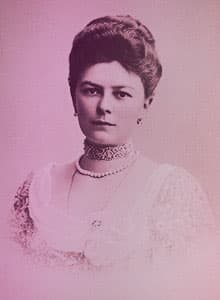
- Grand Duke Mikhail Alexandrovich married Natalia Wulfert. She was given the surname Brasova, after one of Mikhail’s estates.
- Prince Nicholas of Nassau married Natalie Alexandrovna Pushkina, who received the title Countess of Merenberg.
- Archduke Franz Ferdinand married Countess Sophie Chotek (right). Emperor Franz Josef gave her the courtesy title Princess of Hohenburg. Later, she got an upgrade to Duchess of Hohenberg.
Phew! And you thought I was treating you like a dumbass because I told you to write down who you’re searching for. It gets out of control quickly with royal research. Our subjects cross borders, use different languages, change jobs, and get promotions on the regular. To keep from having to retrace your footsteps, be aware of these search terms and be as thorough as possible from the start of your project.
Download Your Free Search List Template
I made a thing! It’s in MS Word or a fillable PDF – pick the format that works best for you. The template has 5 pages: your subject’s birth name, married name, two pages for title changes, and a blank page for notes. Plus, there are blanks in each section for you to paste in translated versions of your subject’s name. I left two blanks for additional languages, since you might be working outside the big 5 for for royal researchers (French, German, Spanish, Italian, and Russian). I think it turned out super cute! Goddamn, I’m such a dork.
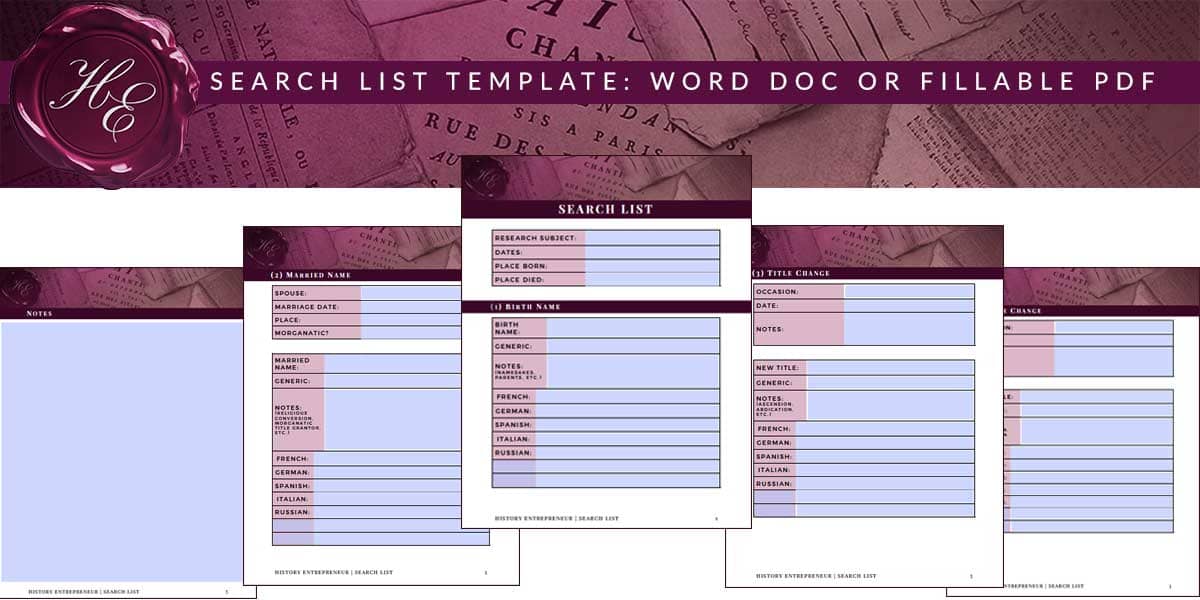
Coming Up Next
I’ll go over how to start researching easy online sources, from forums to search engines to social media. Stay tuned!
All historic images public domain via Wikimedia Commons.
Tell the World
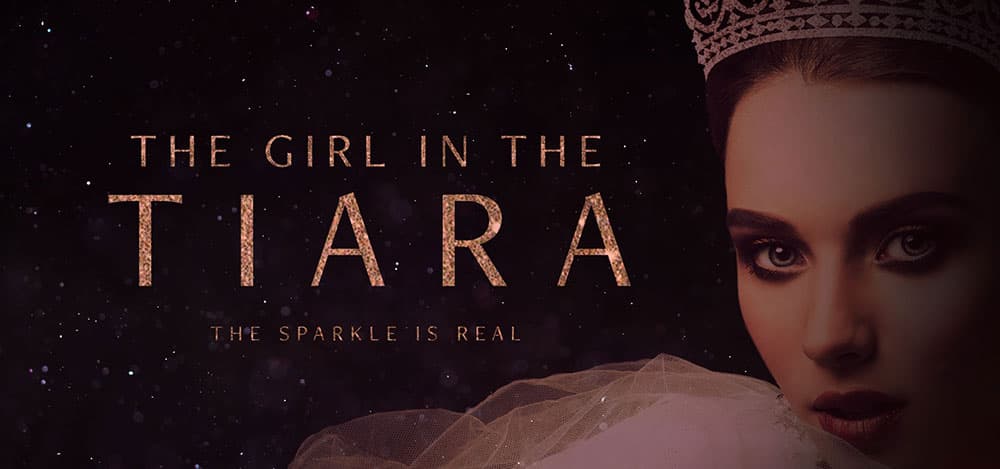
Love Royalty and Tiaras?
You might like my other site, The Girl in the Tiara. I created it to write about amazing royal women and their tiaras. It’s like Drunk History meets The Crown.
